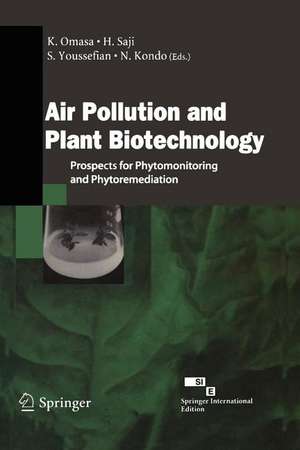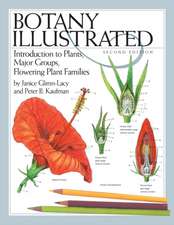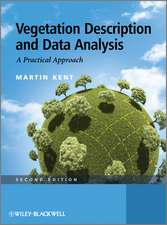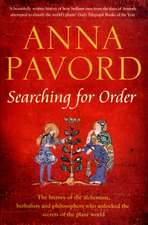Air Pollution and Plant Biotechnology: Prospects for Phytomonitoring and Phytoremediation
Editat de K. Omasa, H. Saji, S. Youssefian, N. Kondoen Limba Engleză Paperback – 16 ian 2012
| Toate formatele și edițiile | Preț | Express |
|---|---|---|
| Paperback (1) | 648.24 lei 6-8 săpt. | |
| Springer – 16 ian 2012 | 648.24 lei 6-8 săpt. | |
| Hardback (1) | 655.78 lei 6-8 săpt. | |
| Springer – mar 2002 | 655.78 lei 6-8 săpt. |
Preț: 648.24 lei
Preț vechi: 762.64 lei
-15% Nou
Puncte Express: 972
Preț estimativ în valută:
124.04€ • 129.84$ • 103.24£
124.04€ • 129.84$ • 103.24£
Carte tipărită la comandă
Livrare economică 31 martie-14 aprilie
Preluare comenzi: 021 569.72.76
Specificații
ISBN-13: 9784431683902
ISBN-10: 4431683909
Pagini: 480
Ilustrații: XXII, 455 p.
Dimensiuni: 152 x 229 x 25 mm
Greutate: 0.64 kg
Ediția:Softcover reprint of the original 1st ed. 2002
Editura: Springer
Colecția Springer
Locul publicării:Tokyo, Japan
ISBN-10: 4431683909
Pagini: 480
Ilustrații: XXII, 455 p.
Dimensiuni: 152 x 229 x 25 mm
Greutate: 0.64 kg
Ediția:Softcover reprint of the original 1st ed. 2002
Editura: Springer
Colecția Springer
Locul publicării:Tokyo, Japan
Public țintă
ResearchCuprins
I. Plant Responses and Phytomonitoring.- 1. Responses of Whole Plants to Air Pollutants.- 2. Plants as Bioindicators of Air Pollutants.- 3. Phytomonitoring for Urban Environmental Management.- 4. Effects of Air Pollutants on Lipid Metabolism in Plants.- 5. Effects of Ethylene on Plant Responses to Air Pollutants.- 6. Effects of Air Pollutants on Gene Expression in Plants.- 7. Biotechnology for Phytomonitoring.- II. Resistant Plants and Phytoremediation.- 8. Absorption of Organic and Inorganic Air Pollutants by Plants.- 9. Uptake, Metabolism, and Detoxification of Sulfur Dioxide.- 10. Elevated Levels of Hydrogen Sulfide in the Plant Environment: Nutrient or Toxin.- 11. Metabolism and Detoxification of Nitrogen Dioxide and Ammonia in Plants.- 12. Plant Resistance to Ozone: the Role of Ascorbate.- 13. Detoxification of Active Oxygen Species and Tolerance in Plants Exposed to Air Pollutants and CO2.- 14. Countermeasures with Fertilization to Reduce Oxidant-Induced Injury to Plants.- III. Image Diagnosis of Plant Response and Gas Exchange.- 15. Image Instrumentation of Chlorophyll a Fluorescence for Diagnosing Photosynthetic Injury.- 16. Field-Portable Imaging System for Measurement of Chlorophyll Fluorescence Quenching.- 17. Assessment of Environmental Plant Stresses Using Multispectral Steady-State Fluorescence Imagery.- 18. Diagnosis of Stomatal Response and Gas Exchange of Trees by Thermal Remote Sensing.- IV. Generation of Transgenic Plants.- 19. Manipulation of Genes Involved in Sulfur and Glutathione Metabolism.- 20. Manipulation of Genes for Nitrogen Metabolism in Plants.- 21. Manipulation of Genes for Antioxidative Enzymes.- 22. Application of Genetic Engineering for Forest Tree Species.- 23. Environmental Risk Assessment of Transgenic Plants: A Case Study of Cucumber Mosaic Virus-Resistant Melon in Japan.













